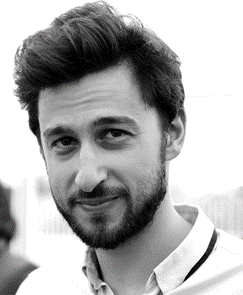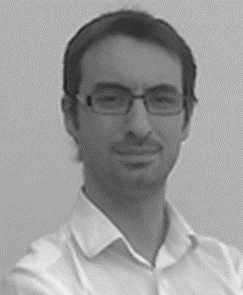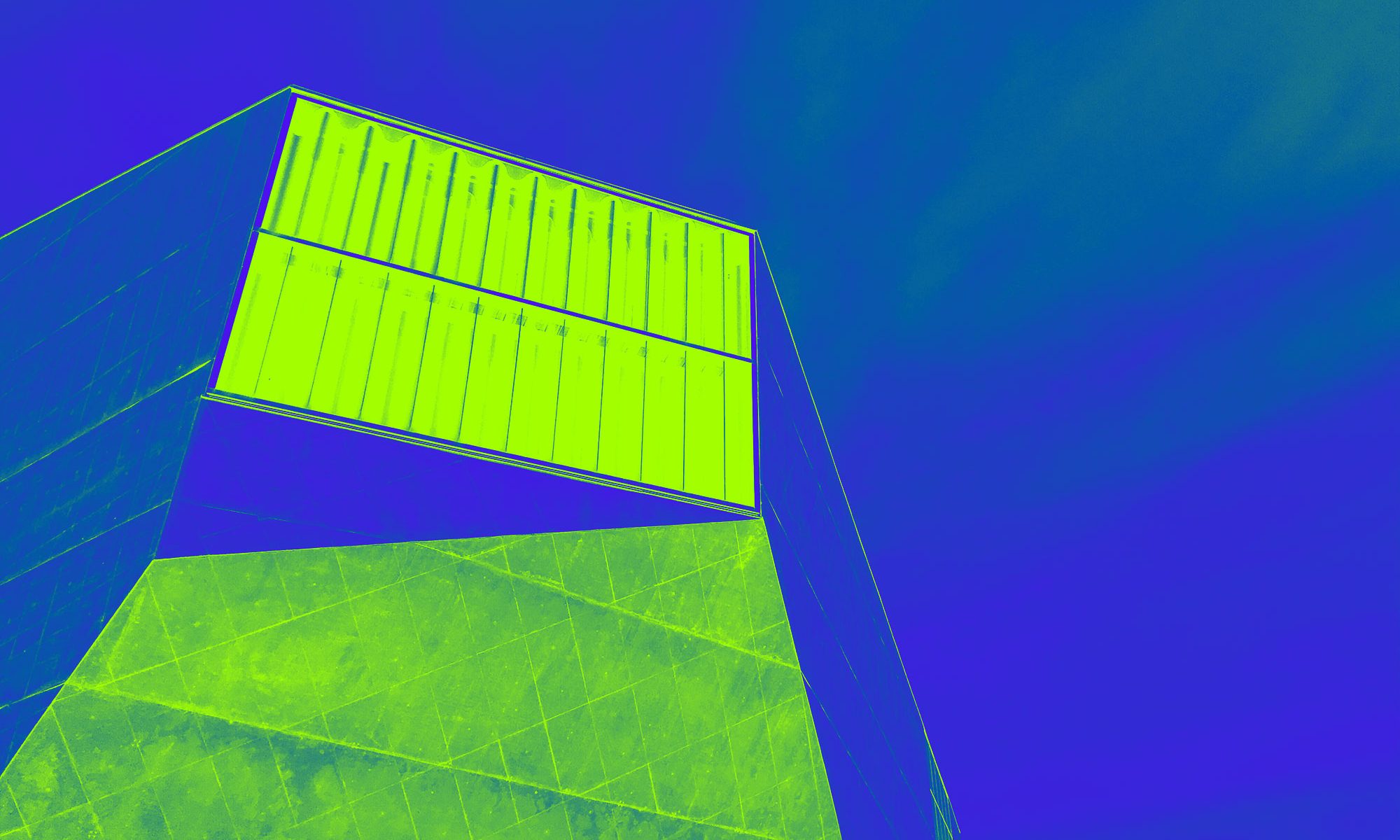
Andrei Shvarts
University of Glasgow
MoFEM: unlocking advanced capabilities with a new paradigm for a finite element library design
Short bio: (source: https://www.gla.ac.uk/schools/engineering/staff/andreishvarts/#biography)
Andrei obtained BSc (2012) and MSc (2014) degrees with distinction in Applied Mathematics and Computer Science from the St. Petersburg Polytechnic University (Russia). In 2015-2019, he undertook doctoral studies at École des Mines de Paris (PSL University, France) in collaboration with Safran Tech, where he developed a coupled numerical framework for simulating fluid transport in contact interfaces between solids with rough surfaces. The high quality of Andrei’s work was acknowledged by two national PhD awards: from the French Computational Structural Mechanics Association (member of ECCOMAS) and the French Mechanical Association.
Andrei joined the University of Glasgow in 2019 as a post-doc to work on the modelling of fracture in irradiated graphite bricks of nuclear reactor’s core in collaboration with EDF Energy and Jacobs. He focused on extending the functionality of MoFEM (an open-source parallel finite-element library developed at the Glasgow Computational Engineering Centre) to handle the interaction of propagating cracks with contact interfaces between fractured solids.
Currently, Andrei holds a position of Lecturer in Computational Mechanics at the James Watt School of Engineering, University of Glasgow, and is one of the core developers of MoFEM. His research interests are centred on developing novel disruptive approaches for numerical modelling in engineering and applied physics. In particular, Andrei is leading research on the numerical simulation of triboelectric nanogenerators – autonomous clean energy harvesters which transform mechanical energy into electrical energy.

Vitor Silva
Global Earthquake Foundation
New Frontiers in Earthquake Risk Assessment: How to Avoid a Disaster!
Short bio: (source: https://www.ua.pt/pt/risco/vitor_silva)
Vítor Silva is a structural engineer with an interest in developing new methodologies for assessing the risk and impact of different natural disasters on the built environment and vulnerable communities. Since 2014, he has been the risk coordinator for the Global Earthquake Model (GEM) Foundation, where he leads studies on vulnerability, exposure, and risk at urban, regional, and national scales for organizations such as the Global Facility for Disaster Reduction and Recovery of the World Bank, SwissRe Foundation, the United States Agency for International Development, the European Commission, and the Portuguese Foundation for Science and Technology. Vitor has published over 100 papers in specialized journals (Q1), book chapters, and over 100 conference proceedings. He has served as a guest editor for special issues in the Bulletin of Earthquake Engineering, Earthquake Spectra, and Natural Hazards and Earth Science Systems, and is an associate editor for Earthquake Spectra, Buildings, Seismica, and Frontiers in Built Environment. His work was recognized in 2016 with the Carlos Sousa Oliveira Award, in 2018 with the Shah Family Innovation Award, and in 2020 with the Natural Hazards Division Outstanding Early Career Scientist Award from the European Geosciences Union. He was ranked in the top 1% in his field according to the Elsevier-Stanford global science ranking. In 2023, he joined the RISCO research unit at the University of Aveiro as a Principal Investigator.

Development of Space Rider’s parafoil actuation winch
Short bio: (source https://www.spinworks.pt/about-us/)
Spin.Works is an aerospace company dedicated to the development and manufacturing of aerostructures and unmanned systems for the Aeronautics, Space and Defence markets, taking advantage of its multi-disciplinary competences, as an integrator for complete systems and products.
Mission: Create, develop and deploy innovative, multi-disciplinary and cost-effective solutions, in the areas of structures, mechanisms, guidance navigation & control (GNC) systems, simulation, remote detection systems, and unmanned aerial vehicles (UAVs).
Vision: Become a system integrator and reference player in the emerging unmanned aerial vehicles and personal aircraft markets, and lead the future of aerial transport.

